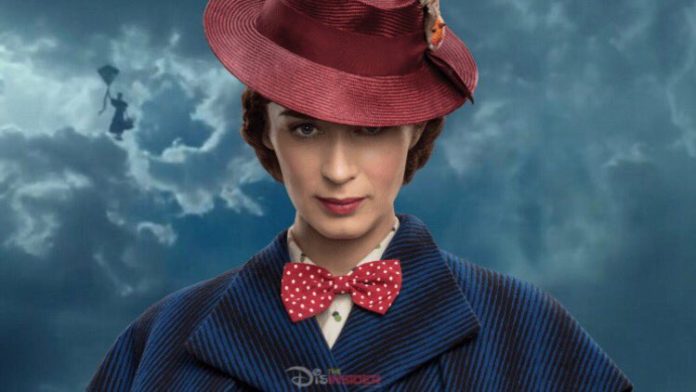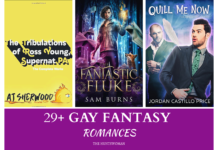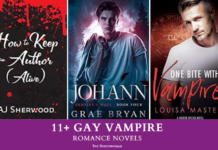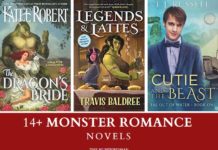Hey there! This post contains affiliate links. Using my links means I earn a commission, which helps me create more rad content. More on affiliates here.
Earlier this week, I went and saw Mary Poppins Returns. I grew up as a theater kid, and I’ve always been obsessed with the work and personal style of Julie Andrew.
I bought a movie ticket because I thought it would be a fun couple of hours, some nice escapism while sitting in a Cinemark theater. I was particularly interested to see how Lin-Manuel Miranda would translate to the big screen, aaaaand I was also intrigued by the fact that Disney revisited the combination of cartoon illustration and live action film.
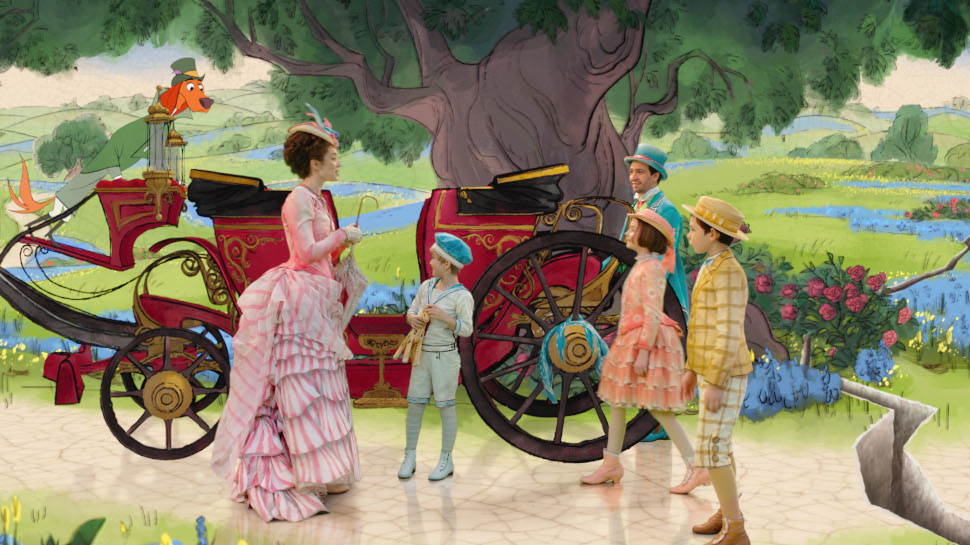
While the film had an impressive cadre of actors, and a beloved story line – I question its relevancy to today.
There are a few trains of thought for why this is, so I’ve shared my critique using handy dandy subheadings below:
Anglophiles & Race
In my opinion, the culture of anglophiles (those who are “fond of or greatly admire England”), has a lot to do with Mary Poppins success. The books and original movie provided an inside peak into English manners and an upper middle class English household.
I don’t think I’d ever call myself an anglophile, but to be honest, the term wouldn’t be misplaced – were it ascribed to me. I love Jane Austen, the V&A, the concept of a tea sandwich, etc.
But throughout the film, I really questioned the focus on Britain, seeing the racial makeup of people onscreen. As a world, we’re moving further away from our obsession (whether we admit it or not) for all things English. “Do we really need yet another musical, focused on white people in the twentieth century?”
And, to be honest, I found the Banks children annoying for a lot of the film.
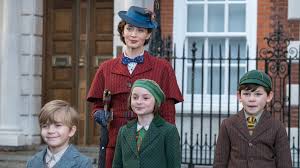
Emily Blunt played a brilliant and sharp Mary Poppins – but even with her and Miranda’s contribution, I feel the overall film looks back too much. It’s a focus and representation of England, no, an interpretation of England, that isn’t interesting any more.
It references a sort of Golden Age, instead of inviting into a new Disney that uses the creative elements. Maybe this was a test for Disney to see if there’s a space for this type of cinema?
But the production/writing/etc team should’ve pushed it further. Much further.
Racial Diversity
It was jarring to see the same kind of casting decisions made in the 1960’s, with some desperate scrabblings at diversity.
Lin-Manuel Miranda is Latino, and the only lead person of color. Granted, having more people of color in the cast when the Banks family is white is difficult. Buuuuut, if a story doesn’t make room for people of color, why are we even telling it in 2019?
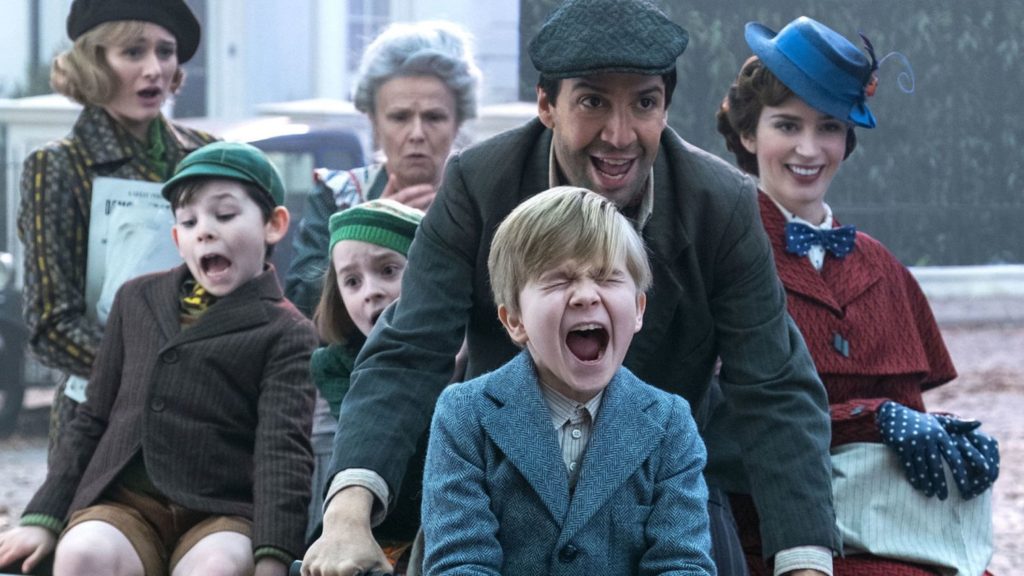
I sadly chuckled when I realized that a lot of the secondary and tertiary roles were played by African American and Black actors. The milkman, a secretary, a lawyer – a sort of desperate attempt to get more diversity onscreen. Unfortunately, this casting only served to create a hierarchy of roles. White people got the good ones, and most people of color could only hope for a credit at the end of the film.
I could just see the casting team, madly scrambling in a conference room – looking for actors of color after seeing the lineup of the main characters. White, white, aaaand white. Plus a Latino Miranda.
Maybe in the 1980’s, seeing this kind of attempt would’ve been seen as admirable, or maybe even pushing boundaries. There was more than one person of color speaking onscreen, which is better than some TV shows do in 2018. But in 2018, seeing this in a Disney movie – especially after the success of Black Panther? Come on, y’all.
Honestly, I found myself more interested in storylines of these black characters – and I had little emotional investment in the Banks children.
Creative Direction
That said, I do think the creative direction was on point, and had some stunning moments. The moment when Mary Poppins slides into the tub backwards had me gasp out loud with delight.
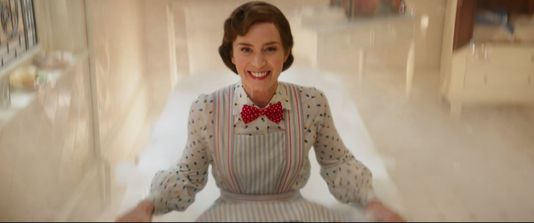
in this scene!
I particularly liked the costume choices when the cast was in a “cartoon world” of a porcelain bowl, a sort of 3D version of 2D costumes (shoutout to MOSCHINO) and the color and aesthetic choices of the film referenced the first Mary Poppins without regurgitating them.
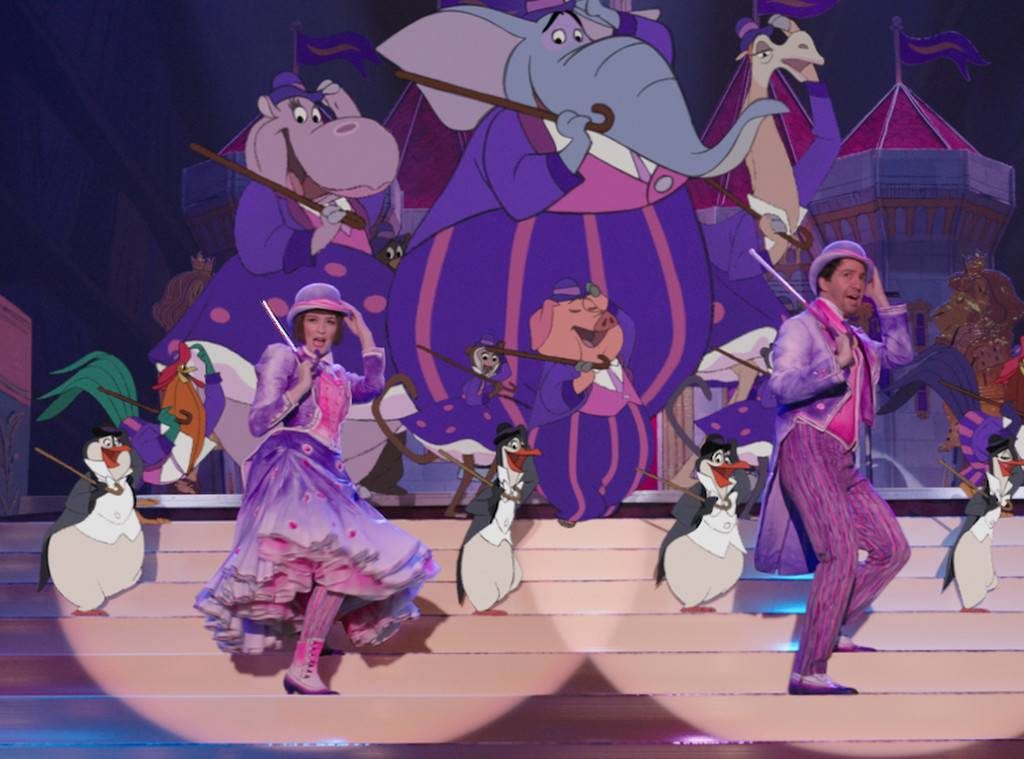
Social Activism as a Storyline
Okay, so while diverse representation in the film was kind of trash (partly due to the premise), I have to say I really enjoyed a side storyline – that of Jane Banks working as a labor organizer. Having grown up with a mother who was (at the time, an apologizing) suffragette, seeing a sort of intergenerational and maternal activism portrayed on screen was relevant to 2018.
It stirred an interesting series of questions within me, about the role of upper middle and middle class women in social movements. About women’s roles and emotional labor.
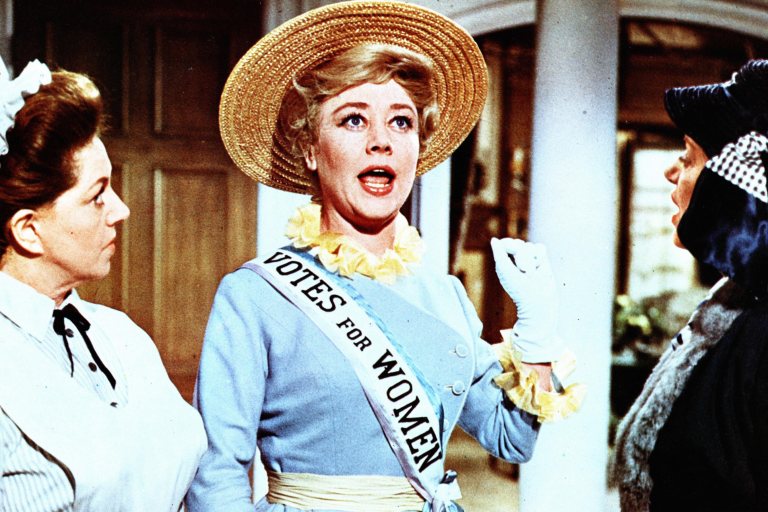
Another interesting intergenerational highlight was with Michael Banks and his father. Namely, being less well-off as an adults than his parents. Michael is faced with losing the family home, and works part-time as a teller in the bank where his father was an executive.
In my opinion, it’s these storylines that saved the movie from becoming a sort of “song and dance” served via tapioca pudding.
Old-School Disney & Lin Manuel-Miranda
Okay, if you’re a musical theater nerd, you absolutely MUST buy tickets to this movie. Lin-Manual Miranda gives a, well, delightful performance. I’m not just picking that adjective, “delightful.” I really mean it was a delight to watch him on the screen.
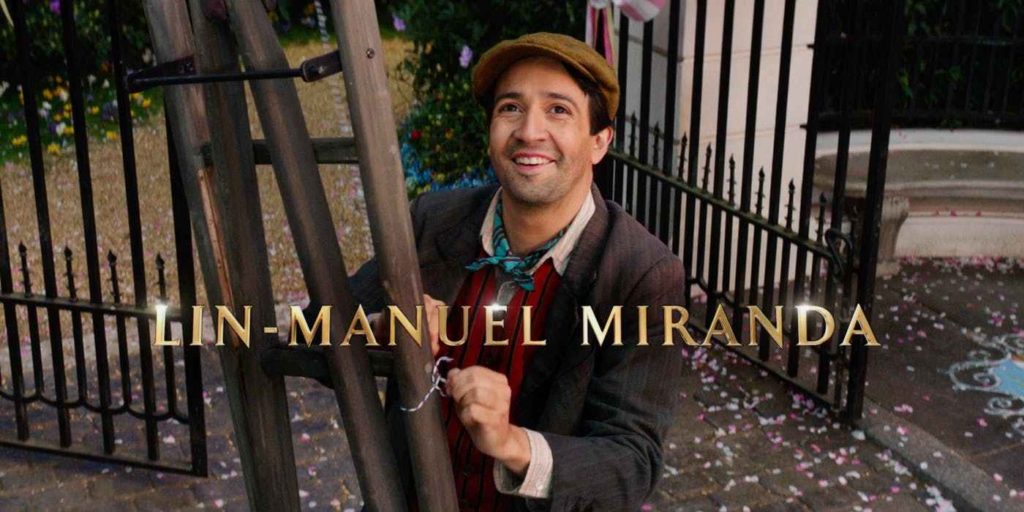
Disney nerds and musical theater buffs will watch in wonder, seeing exactly how Lin-Manual Miranda brought old-school Disney to 2019. From heel kicks to a number that uses BMX bikes (yes, I realize that’s a choreography choice, but still!!) Lin-Manuel Miranda invited me back to the Disney of my parents childhood, and made it relevant today.
I would love to see Lin-Manuel Miranda in both a creative direction and acting role for a similar movie that used “old-school Disney” techniques. I’d love to see a film that combines animation and live action, musical theater choreography like tap and jazz, etc, but in a less rigid storyline.
Slapped in the Face with Star Power
Meryl Streep, Colin Firth, Julie Walters (I LOVE YOU), added some serious star power to the movie.
Seeing their performances, I had a half-smile but also question the roles. Colin Firth plays a stereotypical Disney villain that hearkens back to “old school” Disney. That’s all fun and good! A sort of “TBT” to an era where films like Bedknobs and Broomsticks reigned supreme.
Julie Walters plays a delightful (yes, there’s that word again) and slightly grumptastic housekeeper, and I have no complaints about the character.
But, then the stereotypes got less cute.
Meryl Streep plays “Cousin Topsy,” a reimagining of a “G*psy-creative,” that references images or stereotypes associated with the Romani people. The character is, frankly, lazy writing, and causes the film to put a toe over the line from “good old throwback to 20th century Disney” and straight into the discriminatory and offensive. Why not have Meryl Streep play a woman inventory? Or literally any other typecast?
What is with the bullshit portrayal here? It’s gross. We known better. Disney should do better.
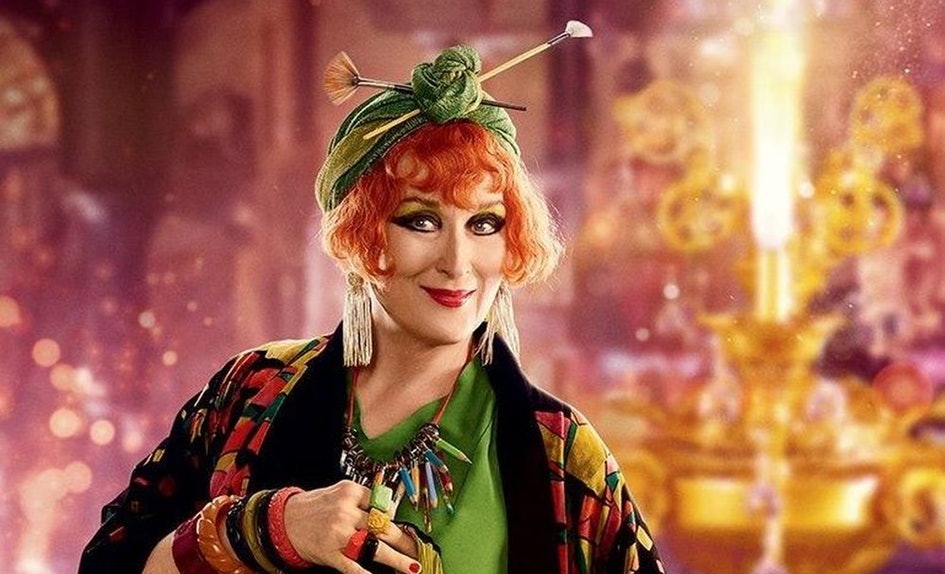
A lot of this film felt DONE. Overall, the film tastes like how mothballs smell when you go find fabulous clothes in your grandmother’s closet. You love the style and references of her pieces, but you’re left with washing out the mothballs and bringing some contemporary pizzaz to the piece.
Embrace Tension
So throughout the film, I feel this sort of tension. I’m delighted to see old-school Disney back at it again, but I also want more from the storyline and characters. Use of typecasting and stereotypes makes me think that this film would’ve done BRILLIANTLY in say, 1988 or 1998, even.
To be honest, it had the sort of racial diversity that would’ve pushed the boundaries in those years. And other socio-political and economic elements that would’ve made it a smash hit.
But we’re 20 or 30 years past these stories being seen as groundbreaking.
I do hope that Disney tries again, reusing these creative references and musicality with another storyline – one that is more, well, relevant to 2019.
Should I Buy a Ticket?
If you love musical theater, or you’re looking for a holiday movie to take kids to – this is a great choice. But prepare to leave the theater feeling a little bit dissatisfied.
That’s all there is! If you’d like to see more movie reviews, be sure to comment below! I have a lot of ideas for posts, so seeing what YOU like to read helps me a lot. <3
If you’d like to keep in touch, be sure to subscribe to my weekly newsletter, so you’ll stay up-to-date on new movie reviews and fashion content!
NOTICE: This post may contain affiliate links, from which I earn a small commission. All opinions are my own, and I only recommend products I believe in.
